Do you like art and are you looking for the best art museums to visit in Perugia? These are the ones:
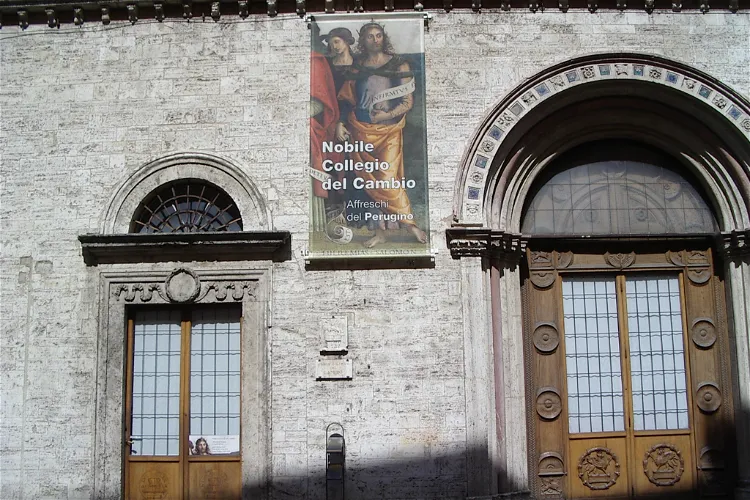
Collegio del Cambio
PerugiaThe Nobile Collegio del Cambio is a significant part of the Palazzo dei Priori in Perugia. It is renowned for the Sala delle Udienze, a room adorned with frescoes by the famous Italian painter Perugino. This historical site offers a unique glimpse into the artistic and architectural heritage of the region.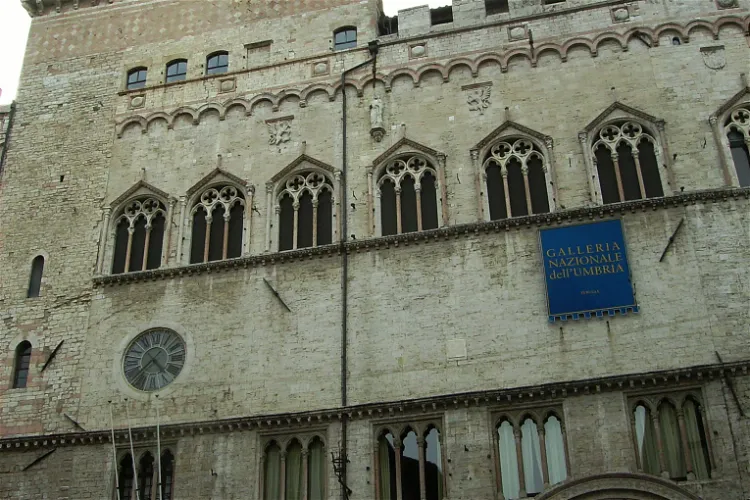
Galleria Nazionale dell'Umbria
PerugiaThe Galleria Nazionale dell'Umbria, located in the Palazzo dei Priori in Perugia, central Italy, is home to the Italian national paintings collection of Umbria. This prestigious gallery is a significant cultural landmark in the region, offering visitors a chance to explore a vast collection of Italian art.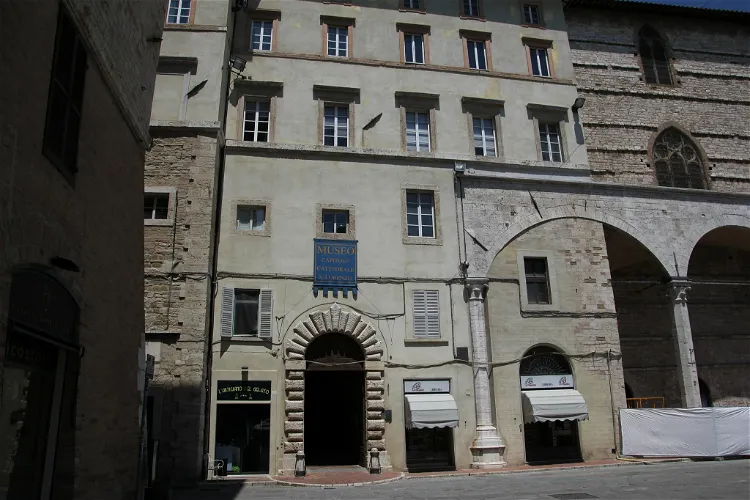
Museo del Capitolo della Cattedrale di San Lorenzo
PerugiaThe Museo del Capitolo della Cattedrale di San Lorenzo, also known as the Museum of the Cathedral of Perugia or the Museum of the Work of the Duomo, is a museum located in Perugia, Italy. It is situated adjacent to the San Lorenzo Cathedral, making it a convenient stop for those visiting the cathedral. The museum was established by the 'Chapter of the Cathedral' and is housed in one of its dependencies.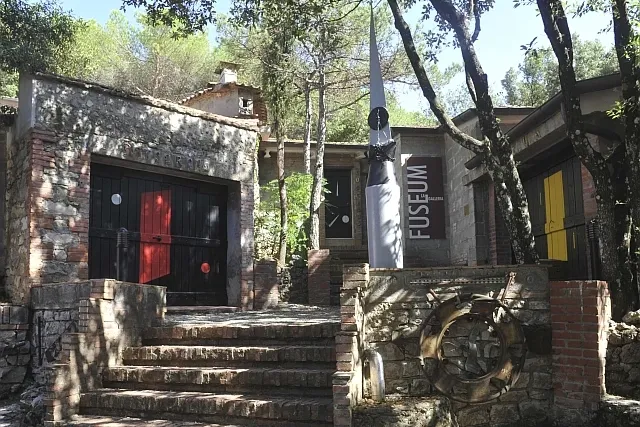
Fuseum
PerugiaThe Fuseum is a unique house museum located in the picturesque city of Perugia, on the hill of Montemalbe. It is dedicated to the works of the artist Brajo Fuso. The museum is a personal project of the artist, realized with the encouragement of his wife Bettina (Elisabetta Rampielli). The name 'Fuseum' is a fusion of the Latin word 'museum' and the surname 'Fuso'.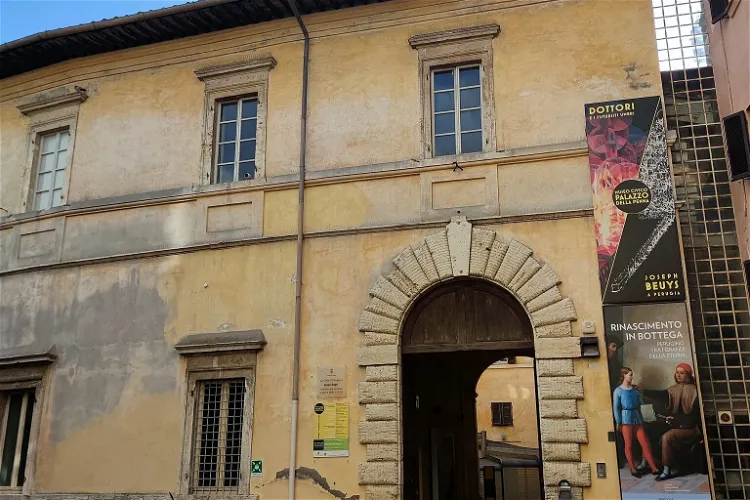
Museo Civico di Palazzo della Penna
PerugiaThe Palazzo Della Penna is a neoclassical palace situated in Perugia. It is located at via Podiani 11 and overlooks the piazza d'Italia. The palace's location and architectural style make it a notable landmark in the city.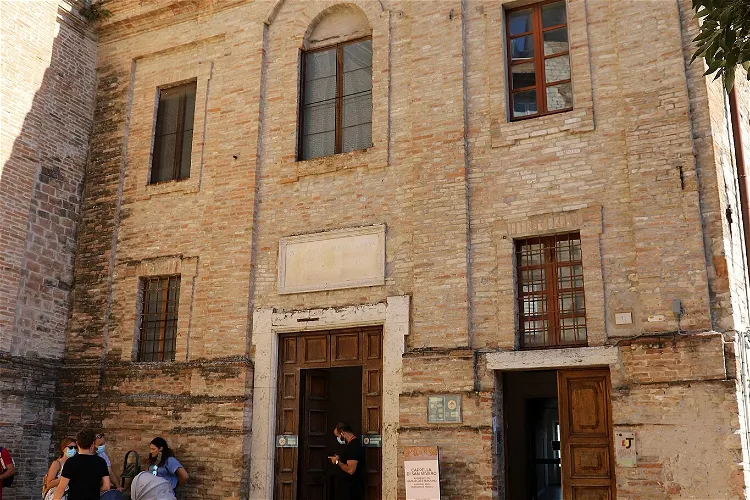
Cappella di San Severo
PerugiaThe San Severo Chapel is a part of the Camaldolese convent complex, located next to the San Severo church in Perugia. It currently functions as a small museum, housing the fresco of the Trinity and saints, a significant work by Raphael and Perugino. The fresco dates back to the period between 1505 and 1508, when Raphael worked on it, and 1521, when Perugino completed it.